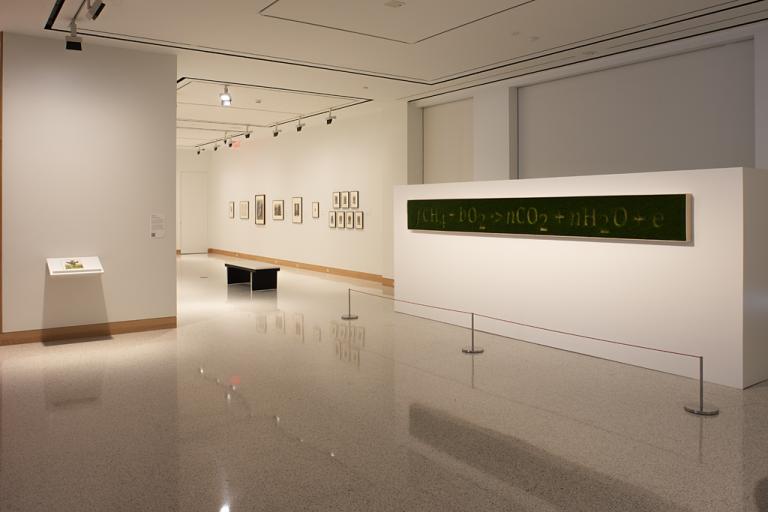L'Entomologiste (The Entomologist or The Insect Collector), Jean-Émile Laboureur
Artwork Overview
Jean-Émile Laboureur, artist
1877–1943
L'Entomologiste (The Entomologist or The Insect Collector),
1932–1933
Where object was made: France
Material/technique: Rives BFK™ paper; engraving
Dimensions:
Image Dimensions Height/Width (Height x Width): 347 x 397 mm
Image Dimensions Height/Width (Height x Width): 13 11/16 x 15 5/8 in
Plate Mark/Block Dimensions (Height x Width): 375 x 415 mm
Plate Mark/Block Dimensions (Height x Width): 14 3/4 x 16 5/16 in
Sheet/Paper Dimensions (Height x Width): 448 x 558 mm
Sheet/Paper Dimensions (Height x Width): 17 5/8 x 21 15/16 in
Mat Dimensions (Height x Width): 20 x 25 in
Image Dimensions Height/Width (Height x Width): 347 x 397 mm
Image Dimensions Height/Width (Height x Width): 13 11/16 x 15 5/8 in
Plate Mark/Block Dimensions (Height x Width): 375 x 415 mm
Plate Mark/Block Dimensions (Height x Width): 14 3/4 x 16 5/16 in
Sheet/Paper Dimensions (Height x Width): 448 x 558 mm
Sheet/Paper Dimensions (Height x Width): 17 5/8 x 21 15/16 in
Mat Dimensions (Height x Width): 20 x 25 in
Credit line: Museum purchase: Elmer F. Pierson Fund
Accession number: 2016.0255
Not on display
If you wish to reproduce this image, please submit an image request


